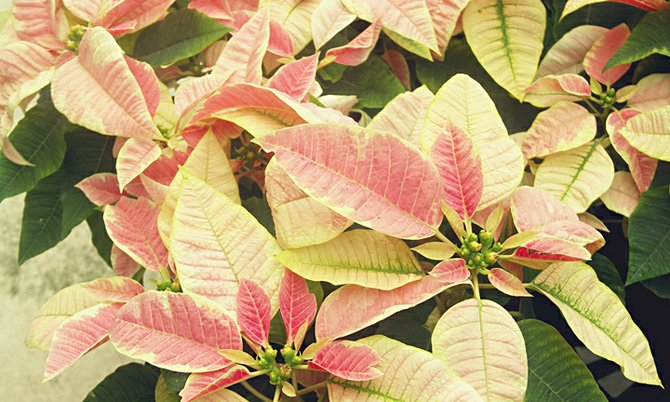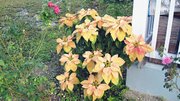December is the month when most Bahamian gardeners will taste the first samplings of the season from their garden and look forward to an abundance of fruitfulness over the next eight months or so. Hurricane Sandy set many crops back or destroyed them, and that makes what is grown now even more precious.
The first rain in my yard after Hurricane Sandy occurred five weeks later, at the very end of November, a reminder that we are in the dry season. With a number of young vegetables growing I have developed a watering schedule of every one-and-a-half days. I water one morning then the next evening, miss a day then back to the morning. Every day seemed too much and two days was too long a hiatus with all the sunshine we had in November.
While the vegetables are heading towards their teenage days we should perhaps turn our attention to the flower beds. Sandy held us back and some of the flowers we wanted for Christmas may not be blooming on time. Off to the nursery we go and buy a tray or two of favourite annuals that are already blooming. Petunias and impatiens are the big sellers but pansies and four o’ clocks are reliable performers.
I should mention that vinca (Sailor’s Button) came through Sandy as if there had been no more than a gentle breeze. They really are wonderful plants that have adapted perfectly to Bahamian conditions. If you go to a Bahamian settlement and there is only one flower, it will be Sailor’s Button.
Canna is an underrated option for areas that are not very fertile and need some brightening up. Some people do not like them because they tend to be untidy, but if you take a pair of scissors to them every few days they can be spectacular. I like the fact that different colours cross-pollinate and when you sow the resultant seeds you probably have a unique plant. Cannas are best grown in groups rather than as individuals.
Most of us will be buying at least one poinsettia this Christmas season, and probably more. There are so many colour variations available that plain red now seems old fashioned, but it is the traditional colour that made poinsettias so popular.
When you go to your favourite nursery, try to remember a few pointers on selecting healthy poinsettias that will last through the festive season and beyond. The first is to check the number of plants in the pot. What looks like a single large poinsettia may be two or three small plants grown together to produce bushiness. While you have the pot in your hand, shake the stem of the plant lightly. It should be firmly anchored and have little movement. If it feels loose in the soil, that may be a sign of inadequate root development.
Check that there are no dead leaves near the bottom, a sign that the plant is beyond its best. There should be no green spots or marks on the coloured bracts. The true flowers are yellow, in the centre of the spray of bracts. Check the surface of the flowers for pollen, which is another indicator of a plant beyond its best days.
When you get your poinsettias home there are a few rules to observe. Poinsettias do not like abrupt temperature changes and should be kept as closely as possible to about 70 degrees. It is very important to keep your plants away from any breeze.
Most important of all is watering. Many poinsettias die before Christmas Day because of incorrect watering. The pot the poinsettia comes in is very small for the size of the plant so you may have to water every day. After watering, ensure that the excess moisture has fully drained before putting it on show again. Many poinsettias come with a festive foil wrapper called a ‘hat’ in the florist trade. This is all very pretty but you must not water your plant while it is in the hat. Poinsettias die very quickly when their roots become waterlogged.
Another Christmas plant is Christmas cactus, less showy than poinsettia but charming in a hanging basket. I have some Christmas cactus I have nursed through two summers and they are getting ready to bloom for their third Christmas.
Your poinsettias can also have life beyond the season. When Christmas is over and the bracts begin to look a little untidy, prune them all away and plant the poinsettia in the garden where it is in full sun and away from any artificial light sources.
• j.hardy@coralwave.com






Comments
Use the comment form below to begin a discussion about this content.
Sign in to comment
Or login with:
OpenID